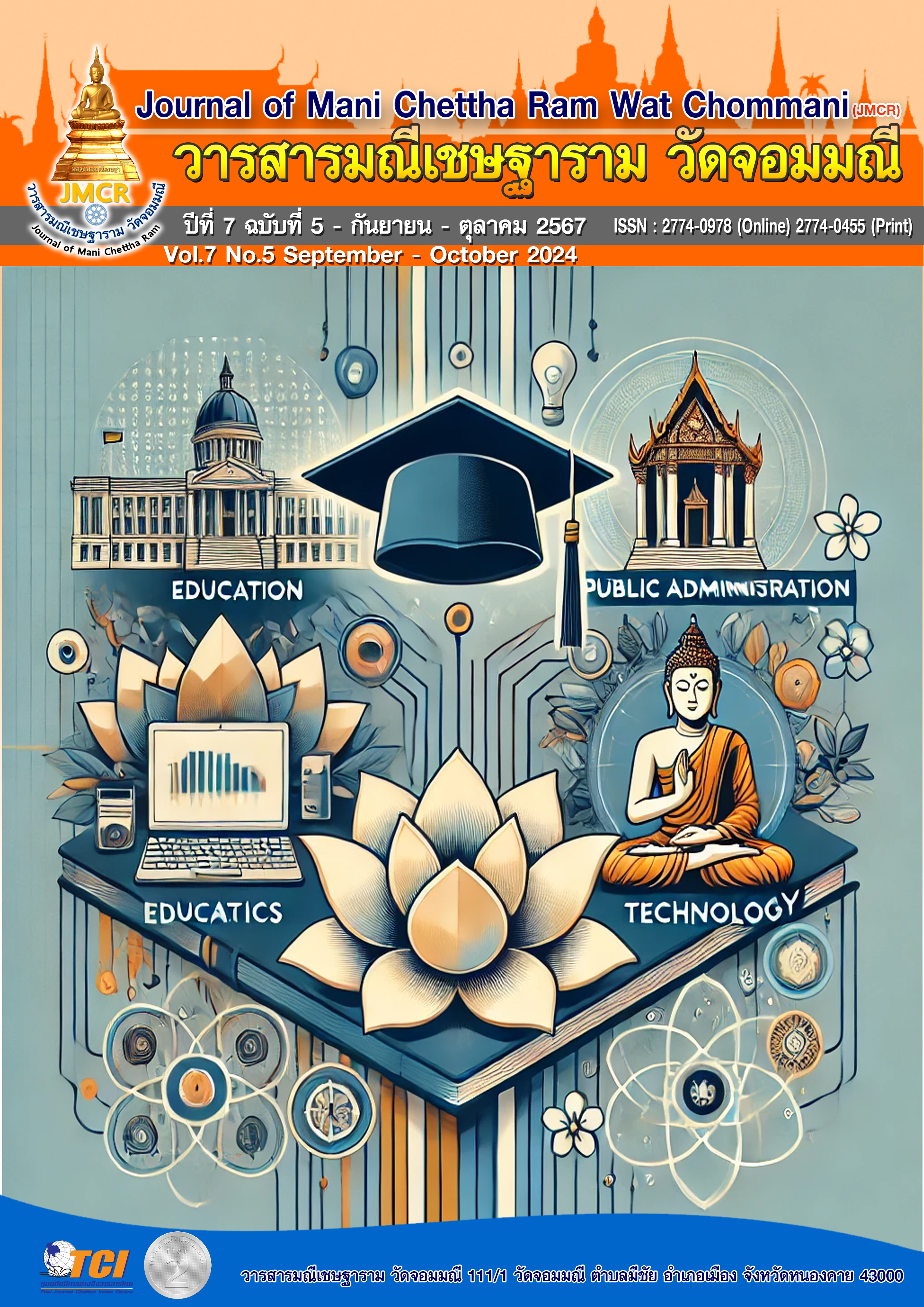HIGHER EDUCATION MANAGEMENT IN THE DIGITAL AGE
Keywords:
Higher education; Digital age; Educational technology; Blended learning; Digital skillsAbstract
In the present era, there are rapid changes in technology, which affects every organization to continuously develop itself. In order to keep up with this change, education must also cope with and manage the educational system to keep up with the digital age. The management of higher education in the digital age is a very important and challenging issue in the 21st century. This study aims to present an overview of the changes, challenges, and approaches to managing higher education amidst rapid technological changes. The results of the study found that the management of higher education in the digital age requires changes in many dimensions, including (1) adjusting the teaching and learning model by integrating digital technologies, such as blended learning and open online courses, (2) developing digital skills necessary for learners and educational personnel, (3) improving the curriculum to be in line with the needs of the digital labor market, (4) investing in information technology infrastructure, (5) developing an educational quality assurance system that is appropriate for digital teaching and learning, and (6) promoting educational research and innovation. The main challenges of education in the digital age were found to be addressing the digital divide, maintaining a balance between technology use and human interaction, and developing analytical and creative thinking skills amidst overwhelming information. The conclusion of the study is that the management of higher education in the digital age requires intelligent integration of technology and the development of necessary skills. and creating collaboration between various sectors to prepare learners to cope with future changes and effectively respond to the needs of society in the digital age.
References
Ally, M., & Prieto-Blzquez, J. (2014). What is the future of mobile learning in education?. RUSC. Universities and Knowledge Society Journal, 11(1), 142-151.
Becker, S. A., Brown, M., Dahlstrom, E., Davis, A., DePaul, K., Diaz, V., & Pomerantz, J. (2018). NMC horizon report: 2018 higher education edition. Louisville, CO: Educause.
Dahlstrom, E., Brooks, D. C., & Bichsel, J. (2014). The current ecosystem of learning management systems in higher education: Student, faculty, and IT perspectives
Garrison, D. R., & Kanuka, H. (2004). Blended learning: Uncovering its transformative potential in higher education. The internet and higher education, 7(2), 95-105.
Garrison, D. R., & Cleveland-Innes, M. (2005). Facilitating cognitive presence in online learning: Interaction is not enough. The American journal of distance education, 19(3), 133-148.
Gašević, D., Dawson, S., & Siemens, G. (2015). Let’s not forget: Learning analytics are about learning. TechTrends, 59, 64-71.
Kato, S., Galán-Muros, V., & Weko, T. (2020). The emergence of alternative credentials.
Keengwe, J., & Kidd, T. T. (2010). Towards best practices in online learning and teaching in higher education. MERLOT Journal of Online Learning and Teaching, 6(2), 533-541.
Liyanagunawardena, T. R., Adams, A. A., & Williams, S. A. (2013). MOOCs: A systematic study of the published literature 2008-2012. International review of research in open and distributed learning, 14(3), 202-227.
Means, B., Toyama, Y., Murphy, R., Bakia, M., & Jones, K. (2009). Evaluation of evidence-based practices in online learning: A meta-analysis and review of online learning studies.
Ossiannilsson, E., Williams, K., Camilleri, A. F., & Brown, M. (2015). Quality models in online and open education around the globe. State of the art and recommendations. Oslo: International Council for Open and Distance Education.
Pardo, A., & Siemens, G. (2014). Ethical and privacy principles for learning analytics. British journal of educational technology, 45(3), 438-450.
Siemens, G., & Long, P. (2011). Penetrating the fog: Analytics in learning and education. EDUCAUSE review, 46(5), 30.
Selwyn, N. (2007). The use of computer technology in university teaching and learning: a critical perspective. Journal of computer assisted learning, 23(2), 83-94.
Tondeur, J., Van Braak, J., Ertmer, P. A., & Ottenbreit-Leftwich, A. (2017). Understanding the relationship between teachers’ pedagogical beliefs and technology use in education: A systematic review of qualitative evidence. Educational technology research and development, 65, 555-575.
Trilling, B., & Fadel, C. (2009). 21st century skills: Learning for life in our times. John Wiley & Sons.
Van Laar, E., Van Deursen, A. J., Van Dijk, J. A., & De Haan, J. (2017). The relation between 21st-century skills and digital skills: A systematic literature review. Computers in human behavior, 72, 577-588.
Warschauer, M., & Matuchniak, T. (2010). New technology and digital worlds: Analyzing evidence of equity in access, use, and outcomes. Review of research in education, 34(1), 179-225.
Waycott, J., Bennett, S., Kennedy, G., Dalgarno, B., & Gray, K. (2010). Digital divides? Student and staff perceptions of information and communication technologies. Computers & education, 54(4), 1202-1211.




